Top planner targets 40% cut in PM2.5 for Beijing-Tianjin-Hebei cluster
Updated: 2015-12-31 06:55
By LAN LAN/ZHENG JINRAN(China Daily)
|
||||||||
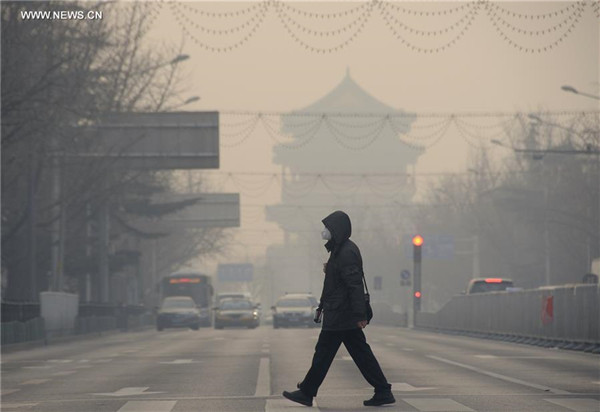 |
|
A pedestrian walks amid heavy smog in Beijing, capital of China, Dec 29, 2015. [Photo/Xinhua] |
A 40 percent drop in PM2.5 by 2020 from the average level in 2013 has been targeted for the heavily polluted Beijing-Tianjin-Hebei cluster.
The reduction in airborne particulate matter that has a diameter of less than 2.5 microns-and can penetrate the lungs-has been set by China's top economic planning agency to improve air quality and protect the ecological environment in the three areas.
According to officials at the National Development and Reform Commission, the annual average reading of PM2.5 in the region will drop to 73 by 2017 and to 64 by 2020.
The average reading in the area last year was 93, according to media reports.
But since November, spells of smog have seen the reading rise to at least 500, compared with the safety level of 25 set by the World Health Organization, and 75 set by the Chinese government. The situation forced many cities in North China, including Beijing and Tianjin, to issue red alerts for pollution.
Zhao Penggao, a deputy director of the commission's Department of Resource Conservation and Environmental Protection, said daunting challenges remain to achieving the goals.
"Major Chinese academics and think tanks still hold different views about the source of the smog. Coal consumption, vehicles and construction dust are surely the major causes," he said.
Xie Hongxing, director of the Innovation Centre for Clean-air Solutions, an environmental think tank in Beijing, said joint control of atmospheric pollution is important.
"More concerted efforts among regions are needed. The neighboring provinces of Shandong and Henan have also contributed greatly to pollution in the region," he said.
The commission and the Ministry of Environmental Protection have jointly drawn up a blueprint for ecological and environmental protection for the Beijing-Tianjin-Hebei region to reduce air, water and soil pollution.
Meanwhile, during the three-day New Year's holiday, many cities in northern and central areas of China are forecast to have smog due to a lack of wind, the China Meteorological Administration said on Wednesday.
Some areas in the Beijing-Tianjin-Hebei cluster are expected to have severe smog, with air pollution reaching hazardous levels on New Year's Day, said Zhang Zuqiang, spokesman for the top national weather authority.
In some areas, fog will cut visibility to less than 200 meters, he said. The severe smog is forecast to last until Sunday, when strong winds are expected to disperse it.
- Cold front to disperse heavy smog
- Flights delayed due to orange alert smog at Beijing Airport
- Heavy smog closes highways
- A breath of fresh air: Canadian firm cashes in on smog
- Christmas smog hits Beijing
- Smog persists in Beijing
- Heed parents' call to better protect students from smog
- Beijing smog helps crack a criminal case
- Top planner targets 40% cut in PM2.5 for Beijing-Tianjin-Hebei cluster
- Yearender: Predictions for 2016 through 20 questions
- Asia's largest underground railway station opens in Shenzhen
- Shanghai bans drug-using actors, drivers
- Clamping down to clean up the air
- Yearender: Ten most talked-about newsmakers in 2015
- Over 1 million refugees have fled to Europe by sea in 2015: UN
- Turbulence injures multiple Air Canada passengers, diverts flight
- NASA releases stunning images of our planet from space station
- US-led air strikes kill IS leaders linked to Paris attacks
- DPRK senior party official Kim Yang Gon killed in car accident
- Former Israeli PM Olmert's jail term cut, cleared of main charge

 Yearender: Predictions for 2016 through 20 questions
Yearender: Predictions for 2016 through 20 questions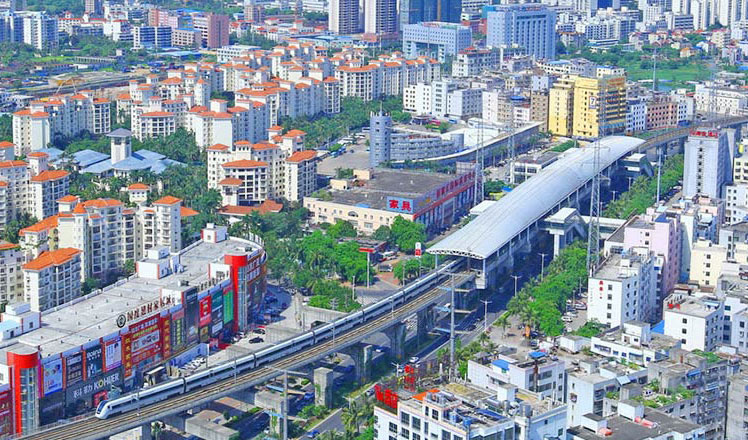
 World's first high-speed train line circling an island opens in Hainan
World's first high-speed train line circling an island opens in Hainan
 'Internet Plus' changes people's lifestyles in China
'Internet Plus' changes people's lifestyles in China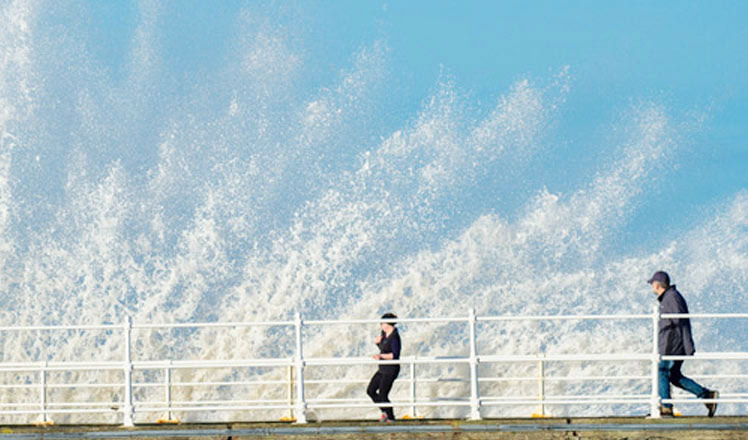
 Rough waters on the sea front of West Wales
Rough waters on the sea front of West Wales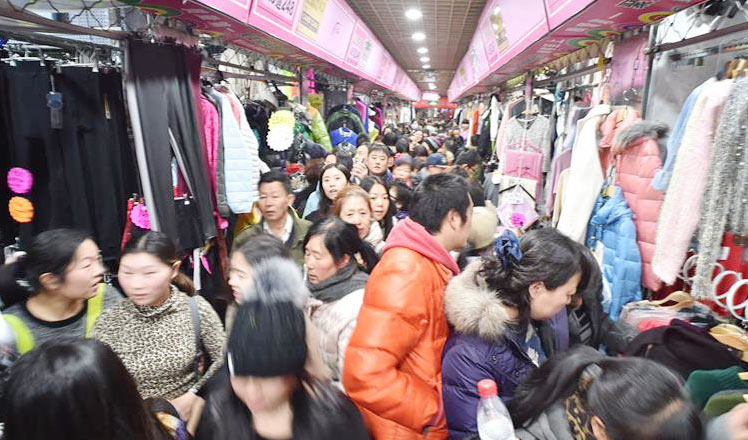
 Beijng Zoo wholesale market to be relocated by 2016
Beijng Zoo wholesale market to be relocated by 2016
 Iron woman: first female body builder in Egypt
Iron woman: first female body builder in Egypt
 Yearender: Chinese athletes of year
Yearender: Chinese athletes of year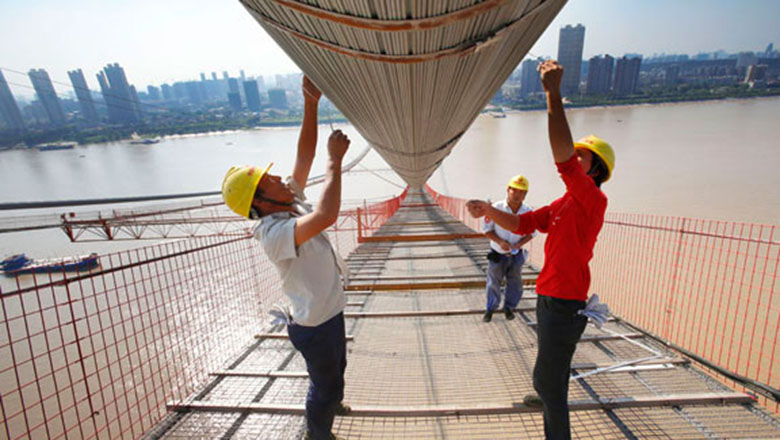
 Yearender: Key words from popular China news stories in 2015
Yearender: Key words from popular China news stories in 2015
Most Viewed
Editor's Picks

|

|

|

|

|

|
Today's Top News
Shooting rampage at US social services agency leaves 14 dead
Chinese bargain hunters are changing the retail game
Chinese president arrives in Turkey for G20 summit
Islamic State claims responsibility for Paris attacks
Obama, Netanyahu at White House seek to mend US-Israel ties
China, not Canada, is top US trade partner
Tu first Chinese to win Nobel Prize in Medicine
Huntsman says Sino-US relationship needs common goals
US Weekly

|

|








